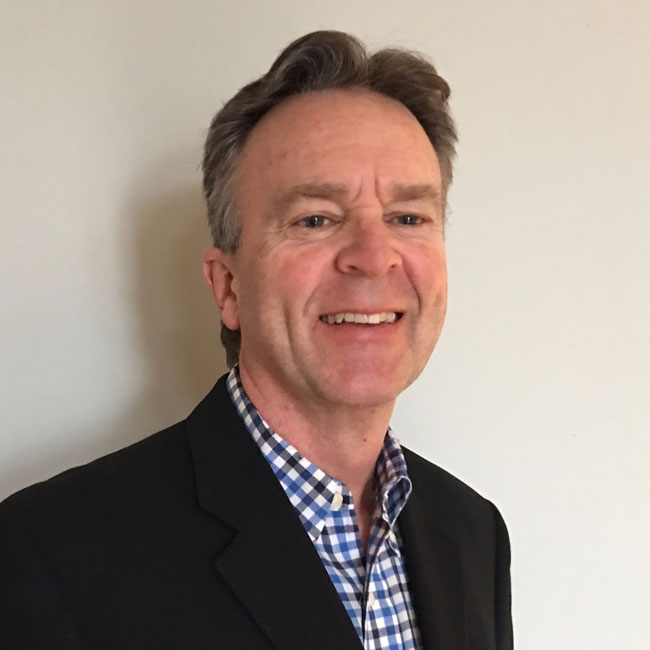Business school days
Back in business school, like most students, I was introduced to a pyramid-shaped organizational performance model. It looked a lot like this:

UW Foster School of Business – Traditional Business Performance Model
In my program, there was plenty of discussion about direction setting with a well-thought-out mission, vision, and values statements, but little to nothing about purpose. Purpose just wasn’t on anyone’s radar.
Over many early years in my career and in five separate industries, I continued to believe my role was to influence and play in the top two tiers of the pyramid. Here is where I thought I could provide the most value working on projects.
Value through strategic and operational planning, start-up business planning, initiative and project management, process definition, and business analysis. You know, all the critical stuff that if done correctly is said to provide the most substantial push for organizational performance improvements. And those improvements, we were taught, led to the most significant gains in a competitive advantage – the holy grail for most for-profit businesses.
Although I understood the foundational components in the pyramid model, that wasn’t where the action was. Not where the real keys to creating competitive advantage could be found…I thought.
The real world
Over time I realized, I was wrong. What I was taught in Business School wasn’t the complete story.
As the teams I led became more diverse in roles and function, I noticed that the highest performing teams, those that were empowered, motivated, accountable and brought the most problem-solving energy to the table, had one common denominator, a shared and an individual sense of purpose.
This was never more obvious than when I stepped out of my traditional roles in for-profit businesses, including my own, and went to work building a nonprofit start-up organization.
We were building social enterprises, businesses with equal margin and mission goals, metrics, and expected results. We were on a crazy BHAG mission to launch one new social enterprise a year.
Like most start-ups, we had limited resources of every variety, and we all wore many hats as needed. The sense of purpose in this situation was derived from knowing we were doing all this work to serve marginalized populations in Snohomish County, WA. Formerly homeless individuals who were reaching for that second rung of the ladder after housing…employment, but they needed job training and skills to get there.
The team included individuals from all spectrums of the margin and mission-based worlds. MBA’s, MPA’s, VISTA interns on annual volunteer programs, retired executives, and dedicated board members. We understood all the work, planning, construction, budget management down to the last spreadsheet was serving a customer that badly needed our businesses to be successful.
Where purpose resides
Since this experience, I’ve come to understand that purpose resides in that bottom part of the performance pyramid model, somewhere ingrained in the people, culture, and structure. It should look more like this:

Purpose is part of the broadest section of the pyramid, the foundation. And it’s a real, although often an intangible ingredient of the best performing for-profit and nonprofit organizations.
The challenge for leadership is to recognize the value of individual and shared purpose. How it’s different from the organization’s mission and build it into the culture, people, and structure. Purpose, and the other foundational elements support and affects ALL the work and components on the sections above, period.
It has so much more to do with helping to strengthen engagement and the core drivers of competitive advantage than I ever realized. When I evaluate new organizations for performance improvements these days, I spend an equal amount of time analyzing the foundational elements, asking related questions, observing how people are working together and if there is a sense of purpose. You should too.
Here are three questions I’ll leave you with that you can ask yourself today to get a sense of how strong your foundational elements are:
- Is there a sense of purpose, beyond mission, and vision statements?
- Do our organization’s leaders recognize the value of individual and collective purpose? How does that help drive engagement?
- How do we begin to discuss purpose and incorporate it into our organizational design?


